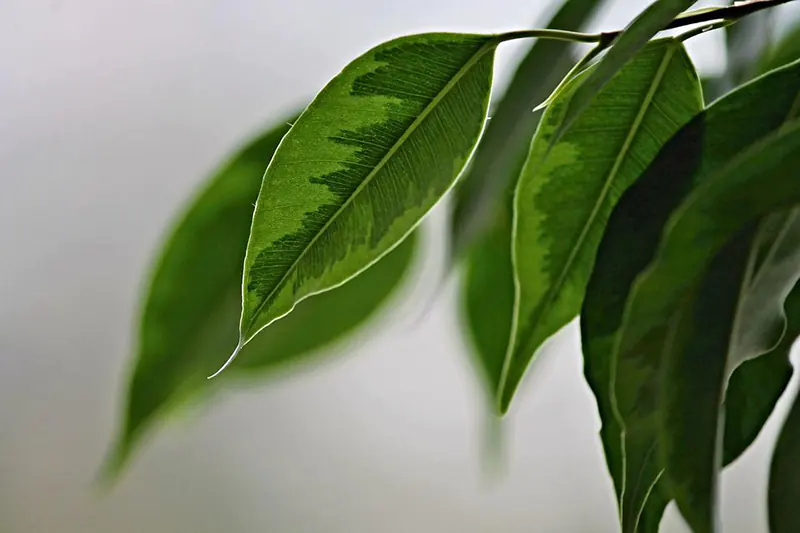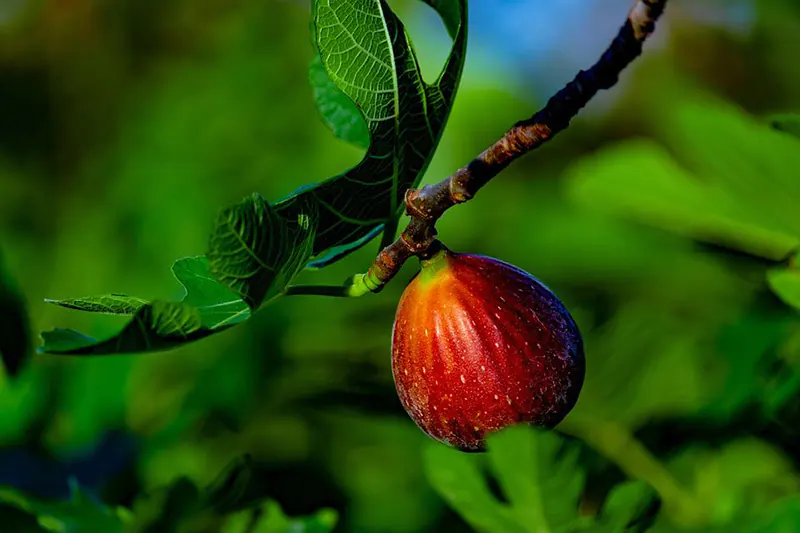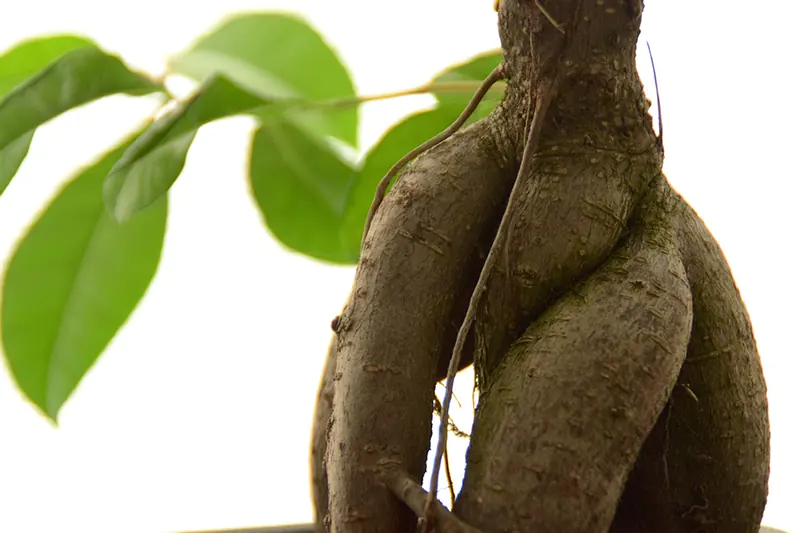How to Prune a Ficus Tree
The perfect Bonsai Ficus tree is a miniature in a shallow container that looks exactly like a 100-year-old tree in the wild. The problem with any Bonsai Ficus tree is that it always wants to grow and become a big tree. Leaving a Bonsai tree unattended for a few years will make it grow out of proportion and not a Bonsai tree anymore.
Fortunately, if you regularly prune your Bonsai tree, you can shape it into the tree style that you think will suit your specimen the best. Some Ficus tree species like Benjamina also make excellent indoor Bonsai. This article will look at the different ways how to prune a ficus tree.

Why Do You Prune a Ficus Tree?
A dear friend said that you can’t buy a Bonsai Ficus tree. You can only create a Bonsai Ficus tree, which is true. The small tree you buy in the nursery is not your Bonsai Ficus tree yet. Patience and regular care eventually can create a masterpiece, your masterpiece. Pruning is one of the most important ways to shape and style your tree.
Regular cutting of branches and shoots can maintain your Ficus tree’s shape. Regular pruning also gives a denser canopy and smaller leaves. You can also use heavy pruning to change the style of your tree. You would need the following tools to prune your Ficus:
- A turntable or round tray which is slightly bigger than your container.
- Pruning shears.
- Branch cutter.
- A pair of pruning scissors.
- Permanent marker.
- Cut paste for more significant cuts.

Steps for How to Prune a Ficus Tree
Regular pruning on your Bonsai Ficus tree is essential to keep its shape, give it a denser canopy, and decrease the size of its leaves over time. Maintenance pruning is carried out throughout the growing season. Ficus trees are evergreen, and during the growing season, they profusely grow new shoots which can become long and unattractive. Here’s how to prune a ficus tree.
Step One: Decide What Parts to Prune
You can put your Ficus on the turntable if you have a turntable. If you don’t have one, you can put your container on a small round tray to facilitate the tree’s turning. You need to turn the tree to see the tree’s shape from all sides. Mark the branches and shoots you want to remove with a permanent marker.
Step Two: Plan ahead
In my personal experience, unlike other hardwood trees, ficus trees don’t like heavy pruning. They lose a lot of nutrition in the milky substance that you see when you prune the branch or remove leaves. If the tree needs heavy pruning, it would be best if you do the pruning in two or more stages. Plan ahead and prune one stage and leave the tree to recover for a week before you do the next stage. The rule of thumb is to not remove more than ten percent of foliage and branches at any stage.
Step Three: Prune shoots and branches
See if there are any shoots or branches that are out of proportion. You can cut them to the desired length with your pruning shears. It is best if you cut the shoots just before the growth nodes. That encourages the Ficus to make two branches from the cut. Your cuts must also be with a slant. I’ve found that secondary growth is better with a slanted cut than straight. It is a good idea to imagine the shape you want your canopy to be.
If the branches are thicker, they can be cut with your branch cutter to leave a clean cut. Cut the shoots to a shorter length, leaving only the first two leaves if you want a fuller canopy. Tip: There is no wrong pruning in the art of Bonsai. If you cut some parts too short, you can re-assess next year or the year after. When you want to remove a branch, cut it off where it joins another branch or trunk. This will prevent stumps that can look ugly unless you want to leave the stump to create a jinn deliberately.
Step Four: Prune Big Leaves
Cut away all the larger leaves with your pruning scissors. This must also be done in moderation. This pruning can be done every week. Cutting away the large leaves over time will reduce leaf size. Defoliation will also have the same effect. Just remember to do it in stages.
Step Five: Rest
For healthy ficus trees, it is best if you do not maintenance prune them during the middle of the winter.

Styling Your Ficus
This pruning occurs when you just bought a Ficus tree from the nursery. This can entail heavy pruning of long branches to create a specific Bonsai tree style. You can also use pruning if you aren’t happy with the style of the tree you have. You can use heavy pruning to alter the style of your Ficus tree. The best time to do heavy pruning on your Ficus tree will be in the late winter or at the end of the tree’s dormant season. The Ficus is less susceptible to fungal or bacterial attacks during this time.
Step One: Decide What Style You Want to Make Your Ficus Tree
There are some basic Bonsai styles. They are formal upright, informal upright, windswept, cascade, semi-cascade, and root-over-rock. Put your Ficus on a turntable or round tray. Turn the tree a few times to determine which style will suit your Ficus the best. If you have a new young tree from a nursery, you must remember that the Ficus can make a fantastic root-over-rock style. I cover the trunks that I think I want to remove with my hand to understand better what the tree will look like. You can also have an Illustrated book or use the internet to help you decide what style will be best for your tree.
Step Two: Plan Ahead
It is best for your Ficus tree to do the heavy pruning in stages. After deciding what style you want to create, mark the trunks and shoots with a black permanent marker. Try not to remove more than ten percent of branches and or foliage at any given time, and plan to do the styling in three to four weeks. I advise the stages because I lost a special Ficus Natalensis with pruning too heavily. You can’t rush the art of styling any Bonsai tree in any case.
Step Three: Remove the Unnecessary Branches
You can now cut away the branches that you identified as unnecessary for your tree’s style. Thicker branches are removed with your branch cutter. You can remove thinner branches can be removed with pruning shears. If it is your first attempt, I recommend leaving the trunks slightly longer. You can always cut away more in the next season. More significant cuts can be covered with cutting paste.
Sealing Wounds After Pruning Thick Trunks
If the branch you remove is thicker than your thumb, it is advisable to put cutting paste on the wound. Bonsai Cut Paste contains antifungal and antibacterial qualities and promotes the recovery of wounds on a Bonsai tree. You can buy it on the internet. Take care not to put too much on as it can inhibit healing and new growth. Some Bonsai growers swear by it, but it is up to you. I removed many branches years ago before the internet without paste, and the trees survived. These days, it makes sense to me to cover the wound with a bit of paste.

How to Grow More Branches On Your Ficus?
Regular pruning of shoots and thin branches will encourage new branches. Remove the shoot or branch on the node just after the first two leaves. When you leave the shoots, all the plant-growing energy will go into making the shoots longer. Cutting the shoot on the node after the two leaves will let the energy go into making two shoots. This regular pruning of the shoots will also create a denser canopy.
How Do You Reduce the Size Of the Bonsai Ficus Trees leaves?
Ficus trees naturally have big shiny green leaves. You can reduce the size of this evergreen tree by regularly removing the biggest leaves on the Bonsai Ficus tree. It also helps if you defoliate your tree every two years. Just do it in stages and not all at once.
Final Thoughts
There are few nicer Bonsais than an old Ficus Bonsai Tree. Especially one with heavily exposed roots, gnarled branches, and small leaves. Now that you know how to prune a ficus tree, you can create a beautiful Bonsai, and with heavy pruning, you can style your Ficus Bonsai into one of the six general Bonsai styles.
You can experiment with your tree until the shape is just the way you want it. Don’t be scared to prune heavily. In a few years, you can create a stunning heirloom that can give you and your children pleasure for a very long time.







